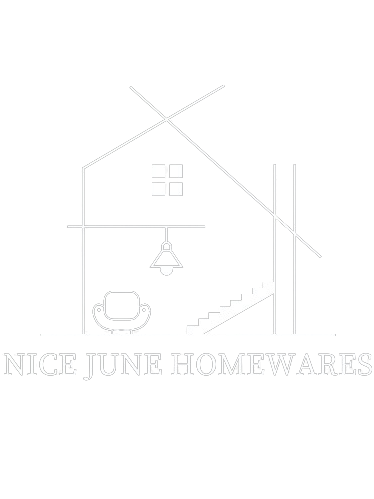The modern cityscape is filled with skyscrapers. There are also commercial complexes and residential buildings. In the concrete maze, the rooftop is an essential part of the building. Rooftops have a crucial role to play in the functioning of structures. They house equipment and systems. Screens for rooftop equipment are used to maintain aesthetics while maintaining functionality. In this article, we will look at the purpose, benefits, and designs of these screens.
Design and Materials
Rooftop equipment screening is available in a wide range of materials and designs, which allows building owners and architects to select the best option for their aesthetics. Here are a few standard design and fabric options:
1. Architectural Louvers: Architectural Louvers are louvered screens that have angled slats. They provide ventilation and conceal equipment. These displays are very customizable in terms of size, shape, and color.
2. Enclosures: Enclosures completely encase rooftop equipment. They are designed to provide complete noise reduction as well as protection. However, they can also restrict airflow and ventilation.
3. Grilles/Mesh: These screens are usually made from perforated metal or other materials. They are an excellent balance between aesthetics as well as functionality. They allow for ventilation and hide the equipment.
4. Green Screens: The design of green screens includes vegetation, such as climbing plants and shrubs. These screens provide noise reduction and natural insulation.
Rooftop Equipment Screens
The installation and use of rooftop equipment screenings offer tangible benefits to both building owners/occupants.
1. Improved Aesthetics: As stated earlier, one of its primary benefits is to improve the building’s look. Rooftop equipment can be transformed into an attractive architectural feature by using screens.
2. Enhanced Property Value: A well-designed and maintained roof can increase overall value. Ensuring a well-maintained rooftop and concealing any equipment will make the building more appealing to tenants or potential buyers.
3. Noise Reduction: Rooftop equipment screens equipped with soundproofing products help reduce noise pollution. The result is a quieter environment that’s more comfortable for the occupants.
4. Weather Protection: By protecting rooftop equipment from elements, these screens can extend equipment life and lower maintenance costs.
5. Regulatory Compliance: There are regulations and ordinances in many cities that require rooftop technology to be screened. Following these guidelines is essential to avoiding problems in the legal and financial domains.
Installation
Installing rooftop equipment screens is best done during the first design phase of a building. The screens will integrate seamlessly into the aesthetics of a building if you work with designers and architects.
The appearance and functionality of rooftop equipment screens are dependent on regular maintenance. Examining, cleaning, repairing, and replacing any worn-out or broken displays is crucial.
Conclusion
Rooftop equipment screening is an essential part of modern urban development. They have both aesthetic and functional uses, hiding necessary rooftop equipment, improving the appearance of a building, and protecting against the elements. They are a great addition to any building, whether it is residential or commercial. They can reduce noise, increase privacy, and enhance the value of your property.
The importance of the rooftop equipment screen cannot be underestimated in an ever-evolving architectural landscape. They ensure that rooftops, which are often overlooked by building owners, remain both functional hubs and visually pleasing aspects of the structure, contributing to the overall satisfaction of residents and the entire community.

